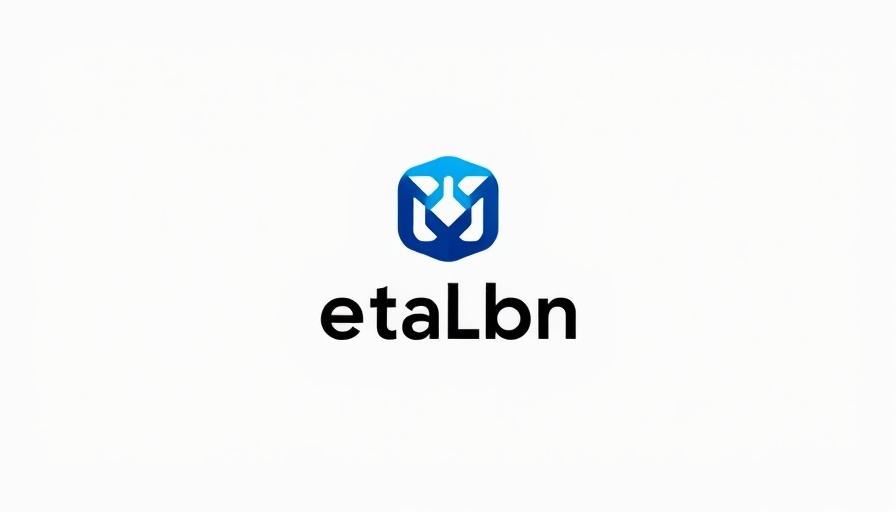
Understanding the Landscape of Ad Formats: Skippable versus Non-Skippable
As digital marketing evolves, the choice between skippable and non-skippable ads is increasingly vital for brands seeking to enhance their visibility and user engagement on platforms like Snapchat. A recent study by Snap underscores the significance of understanding consumer preferences and how advertisement format influences recall and interaction. This research reflects the broader trends in advertising strategies, where brands must carefully navigate user engagement to optimize their marketing efforts.
The Importance of User Engagement in Advertising
User engagement lies at the heart of effective advertising strategies. According to the study involving 4,800 Snapchat users, both skippable and non-skippable ads can stimulate recall relatively quickly. Snap emphasizes that "the first 2 seconds of an ad are key," which signals that brands should maximize impact during this brief window. This insight showcases the essential nature of capturing the audience's attention early to promote brand recognition.
Key Findings: Mixed Formats Enhance Brand Interaction
One interesting takeaway from Snaps' research is the advantage of mixing skippable and non-skippable ad formats. While non-skippable ads provide slightly better overall recall, combining both formats impacts brand preference and interest positively. Snap's findings suggest that brands should lean towards a mixed approach instead of committing to a singular format, leveraging the strengths of both to create a more rounded campaign.
Analyzing User Sentiment: The Preference for Skippable Content
While the data suggests that non-skippable ads induce better recall, user sentiment cannot be overlooked. The research indicates that Snap users generally prefer having the option to skip ads, which reflects a broader consumer trend valuing choice and control over their viewing experience. Brands need to be attentive to these preferences, creating content that resonates with the audience while remaining engaging enough to encourage full viewing.
The Balance of Recall and User Experience
Advertisers face the challenge of balancing recall with user experience. Non-skippable ads, although proven to enhance recall due to full completion, risk frustrating users who dislike mandatory viewing. This highlights a significant principle for brands: while driving recall is essential, maintaining a positive user experience is equally important. By creating compelling content that users want to engage with, brands can achieve both goals effectively.
Future Trends in Advertising Strategies
Looking ahead, the advertising landscape is poised for further transformation. As platforms like Snapchat continue to gather user behavior data, brands that adapt their strategies based on analytics will likely see better results. The emphasis on skippable ads may also signal a shift towards more interactive and engaging content formats, aligning with user preferences for choice and engagement.
Concluding Thoughts: A Call for Strategic Adaptation
As digital advertising becomes increasingly competitive, brands must continuously refine their strategies based on user data and evolving preferences. By embracing a blend of ad formats and prioritizing user experience, businesses can effectively capture audience attention and foster brand loyalty. Business owners, marketers, and consultants must remain vigilant and adaptable, harnessing the insights from studies like Snapchat's to inform their campaigns.
If you want to stay ahead of the curve in advertising strategies, consider experimenting with both skippable and non-skippable ads while integrating engaging content. Your willingness to adapt could enhance both ad recall and user satisfaction in your marketing initiatives.
 Add Row
Add Row  Add
Add 




Write A Comment